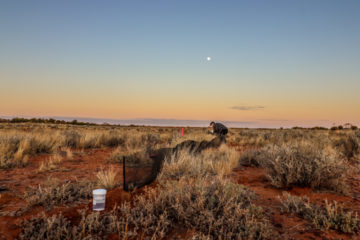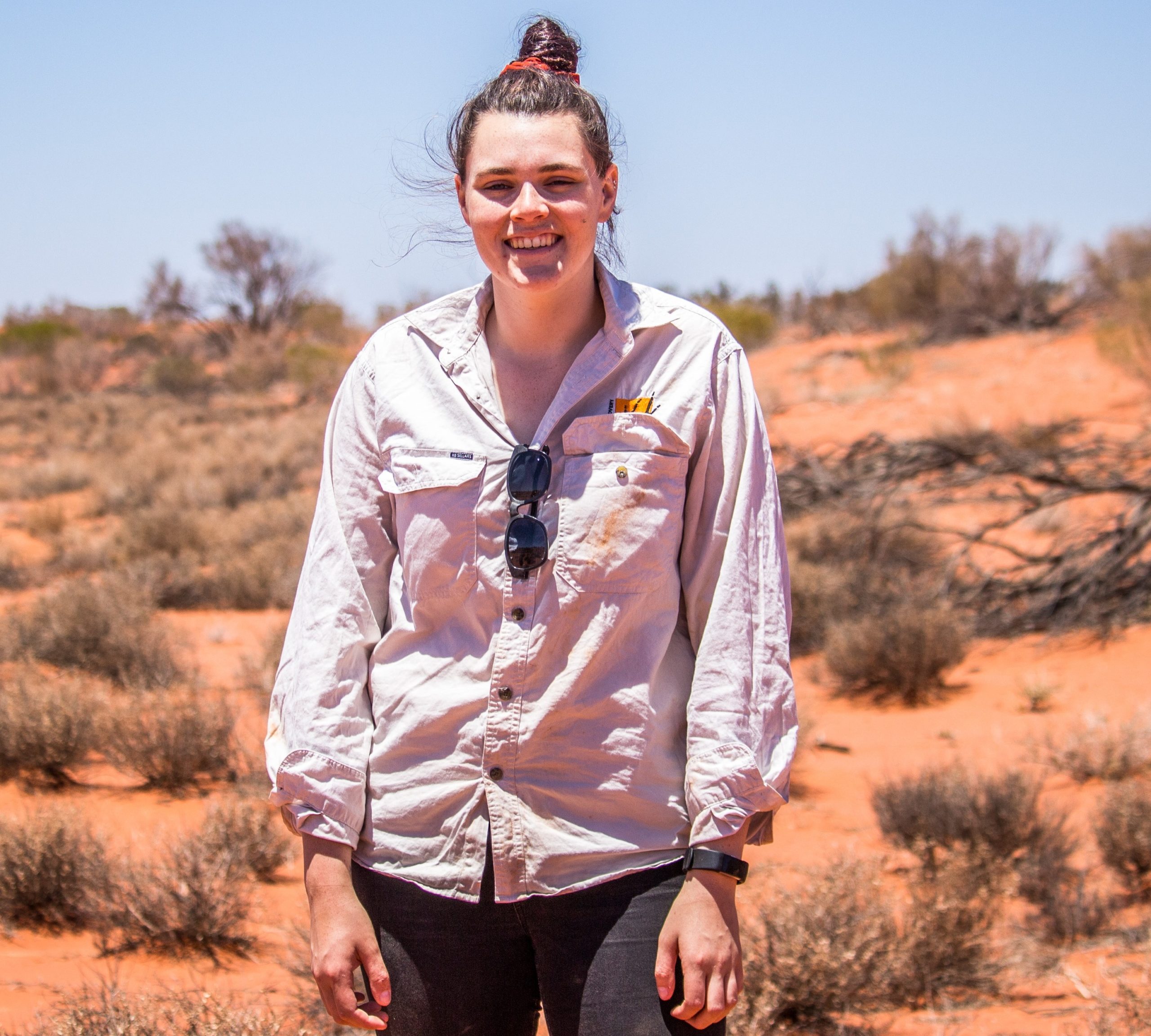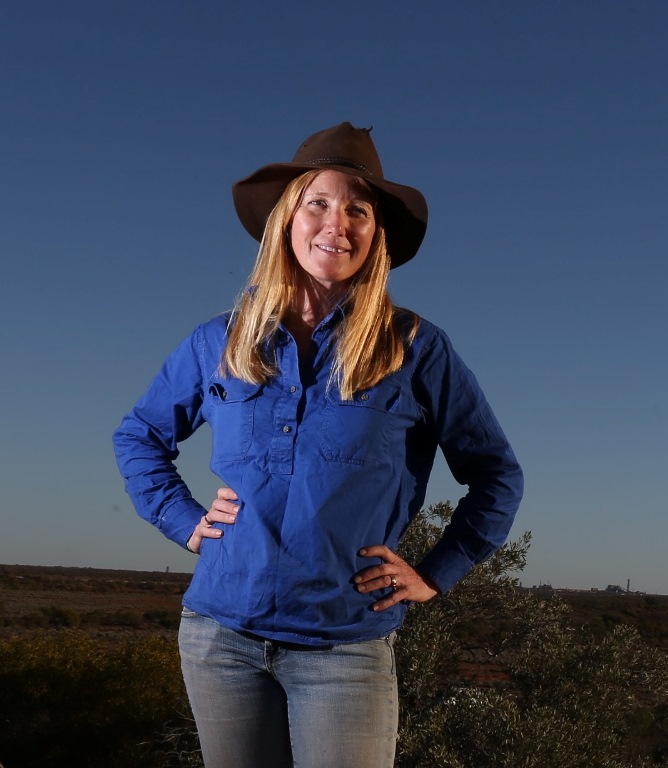Although usually well known for our hot, dry and dusty days, over the last month Roxby Downs and the rest of the arid zone received a good soaking. It began on the first day of June when 45mm of rain fell filling the flats and making roads slippery and wet. By the end of a few weeks we had hit over 70mm of rain and despite a few warm days the water stayed and the roads remained too wet to trek to far around or inside the Reserve.

With the high amount of rainfall we received, the Trilling Frogs (Neobatrachus centralis) came out to play. It might be hidden away underground most of the year but after decent rain it’s not difficult to believe this amphibian is actually the most abundant vertebrate in the Roxby Downs region.
This small desert-dwelling frog grows up to approximately 5 cm long and burrows itself below the surface, with one Arid Recovery study finding them buried up to 90cm deep. They protect themselves from dehydration by secreting a substance from their pores which builds a protective cocoon around their bodies. Possibly surviving for years like this underground, the Trilling Frogs will surface with rain.

If it has been quite a long time since the last rain, the frogs will require quite a reasonable amount of rain before they burrow to the surface, whereas if rains have been more frequent they will not require as much rainfall to bring them out. Once on the surface they can commonly be found on the edges of clay pans and gilgais, calling out with a trilling noise to their friends. Knowing that the water may not last for a long time in desert conditions, Trilling Frogs breed and spawn rapidly, with young developing quite quickly compared to other species.
As the water begins to dry up, the frogs will once again bury themselves within the soil, possibly waiting years before the next rains come again.





















